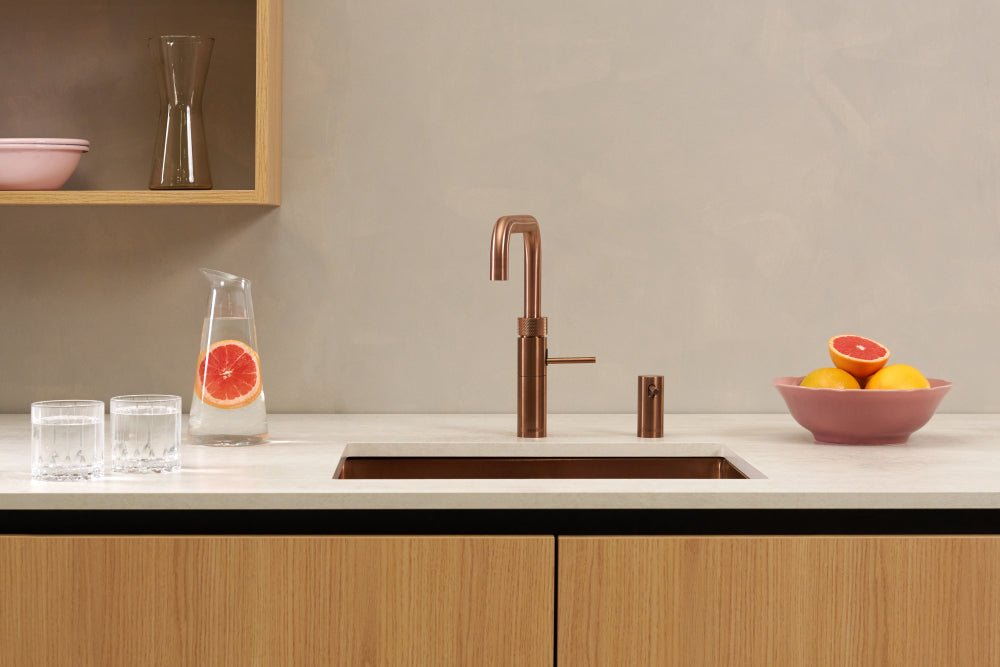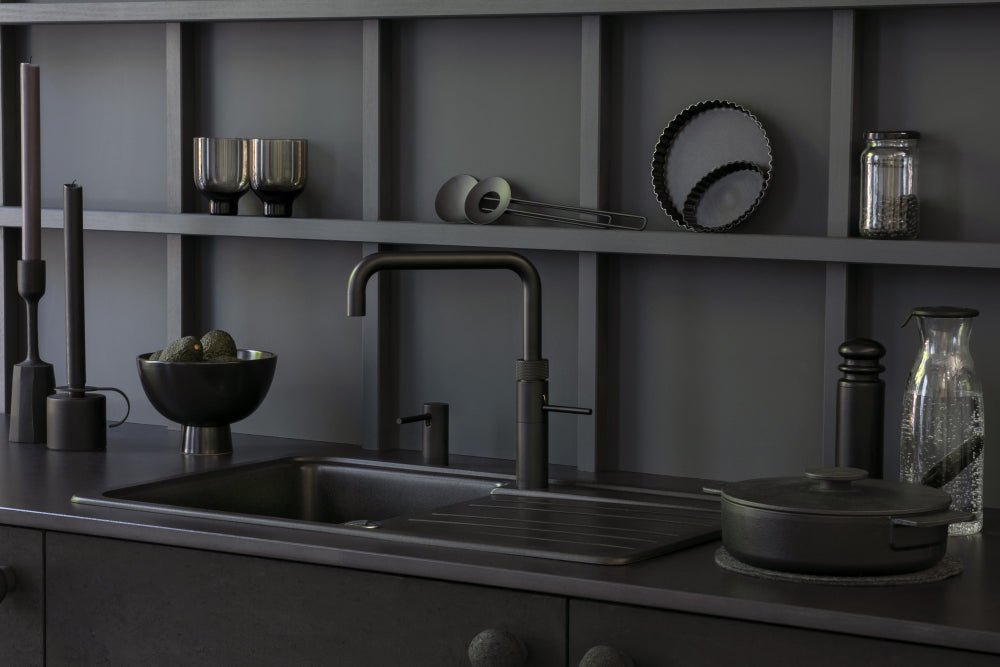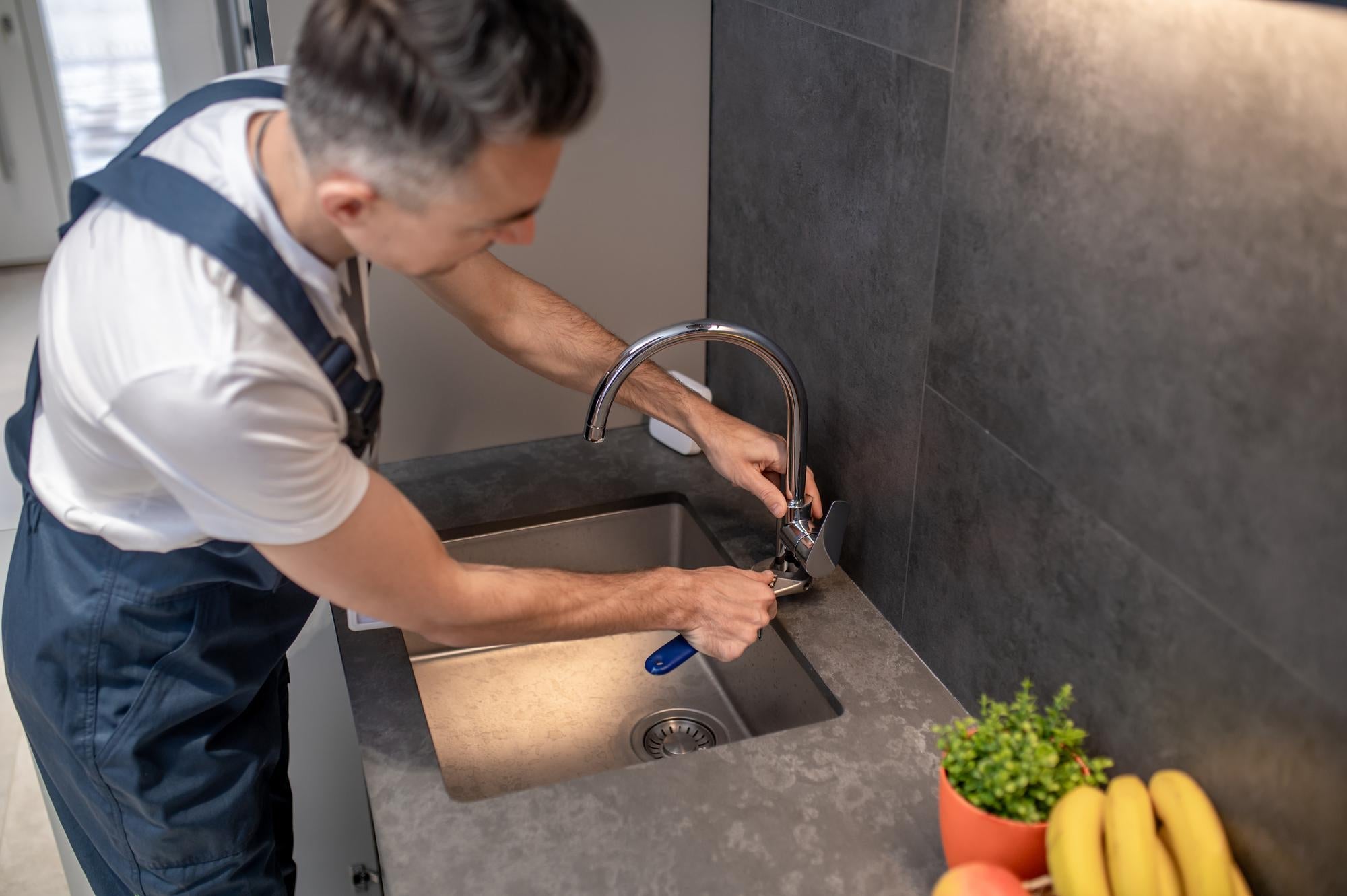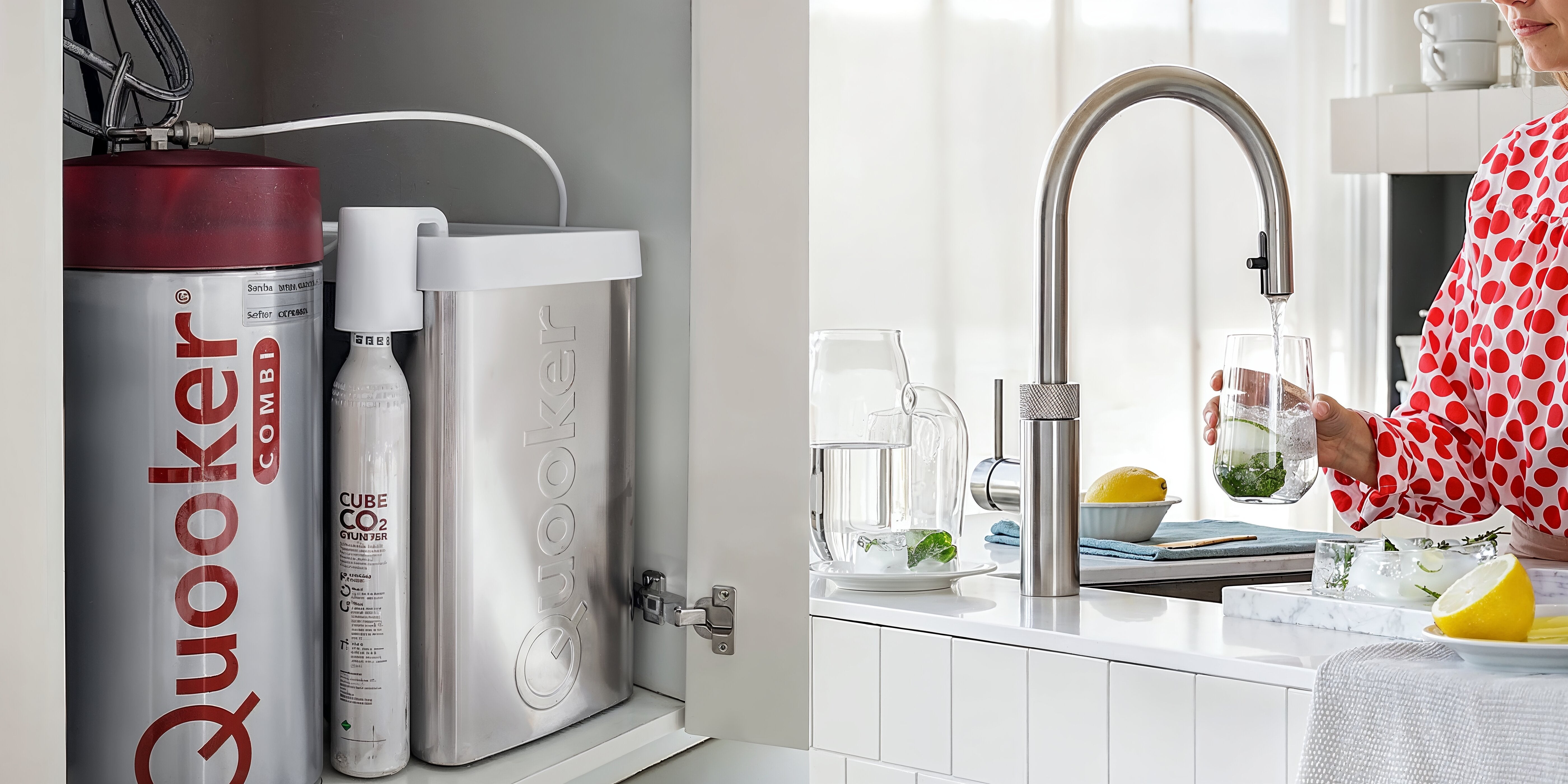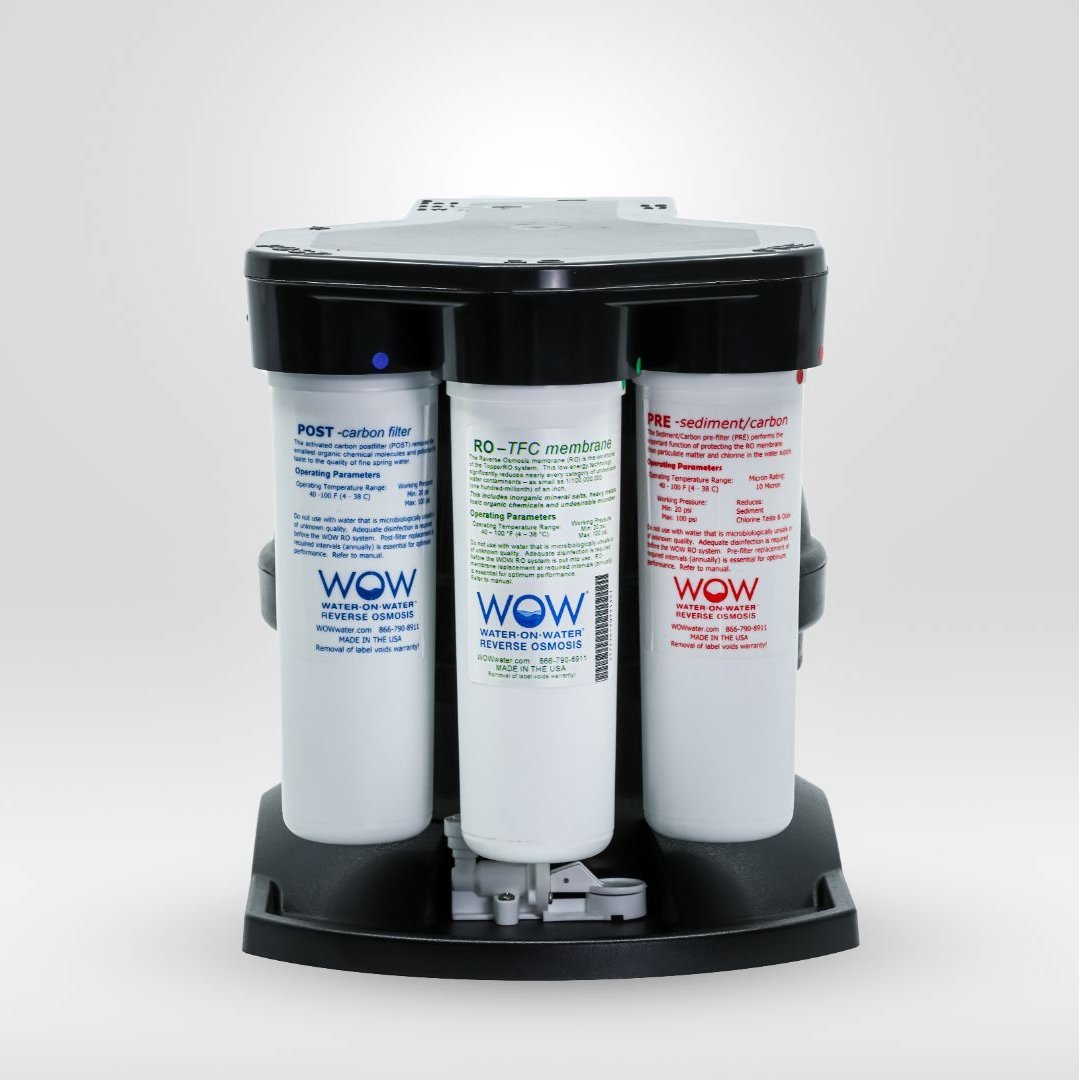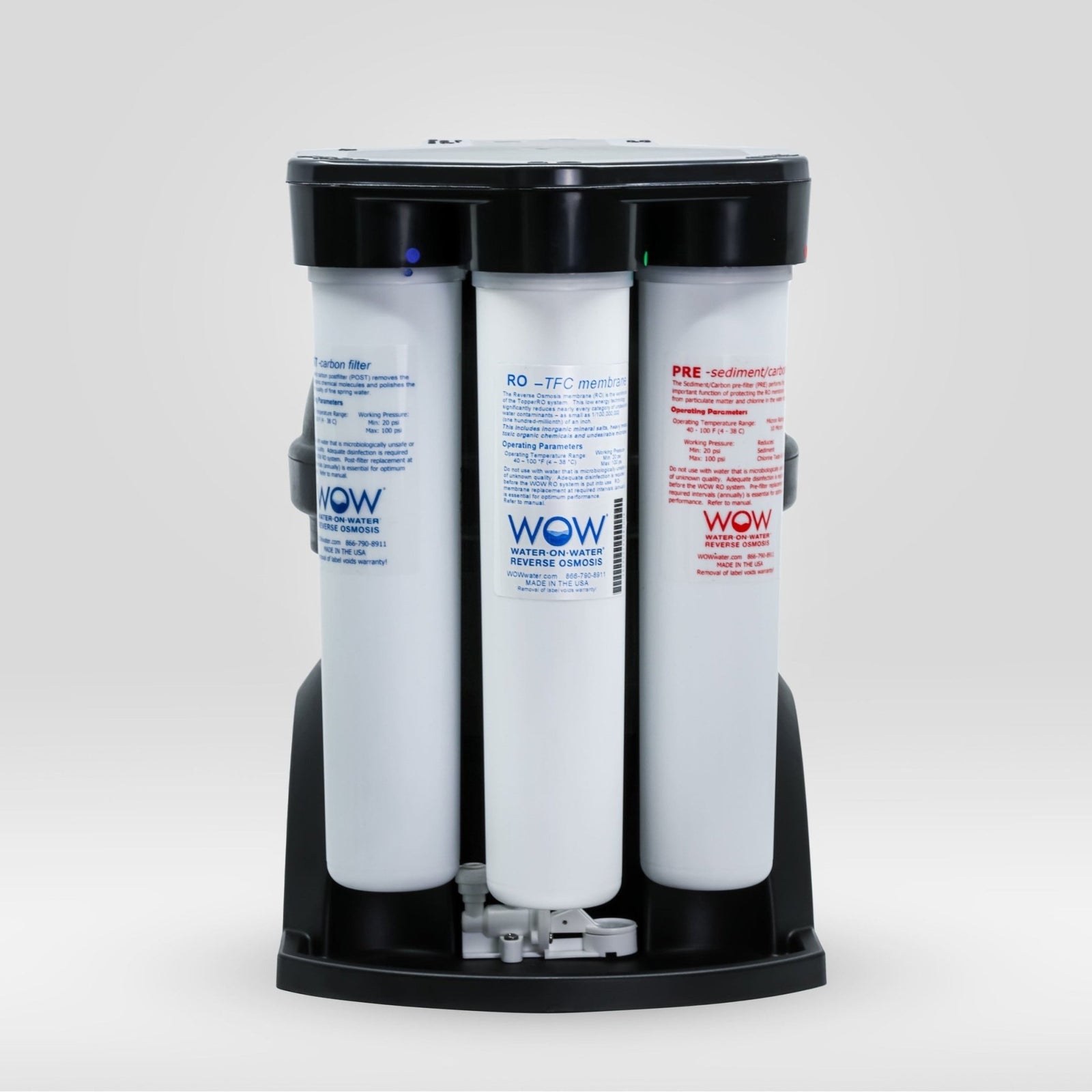Soap doesn't lather well with tap water when it contains many dissolved minerals, especially calcium and magnesium. These minerals react with soap, forming insoluble soap flakes instead of lather. This problem is particularly prevalent in hard water areas, where the mineral concentration is high. The solution lies in removing these minerals through water filtration or water softening.
Why doesn't soap lather well with my tap water?
Lack of soap lather is a common problem affecting millions of households, especially in regions with hard water . This phenomenon is caused by a chemical reaction between soap and dissolved minerals in tap water. When soap comes into contact with water rich in calcium and magnesium ions, soap salts form, which do not dissolve but precipitate as flakes.
The relationship between water quality and soap effectiveness is directly measurable. Water with a hardness above 8 German degrees of hardness (°dH) produces noticeably less suds. In the Netherlands, water hardness varies greatly by region, with some areas having water hardnesses of up to 15°dH. This explains why residents in certain provinces need significantly more soap for the same washing result.
The problem isn't limited to soap suds. Hard water also affects the effectiveness of shampoo, dish soap, and laundry detergents. The resulting soap flakes can settle on skin, hair, and clothing, leaving a dry feeling and a dull appearance.
What makes tap water hard and how does it affect soap lather?
Water hardness is caused by dissolved calcium and magnesium ions that water absorbs as it travels through the soil. When rainwater seeps through calcareous soils, it dissolves these minerals. The longer the water remains in contact with calcareous rocks, the harder it becomes.
The chemical reaction between soap and hard water is simple but effective in preventing foaming:
- Soap consists of fatty acid salts that normally dissolve in water
- Calcium and magnesium ions bind to these fatty acids
- Insoluble calcium and magnesium soaps (soap flakes) are formed
- These flakes float on the water instead of forming foam
The amount of soap needed to create foam increases exponentially with water hardness. Water with a hardness of 12°dH requires approximately three times as much soap as water with softer water of 4°dH. This makes using soap not only less effective but also more expensive.
How do you recognize hard water in your household?
Hard water leaves its mark everywhere in the home. The most visible signs are limescale deposits on faucets, shower heads, and tiles. These white, chalky deposits form when hard water evaporates, leaving behind minerals. Stains also appear on glassware and dishes, making them difficult to remove.
Other recognizable signs of hard water are:
- Dry, tight skin after showering
- Dull, sticky hair despite thorough washing
- Clothes that feel stiff after washing
- Reduced lifespan of kettles and coffee makers
- Higher energy bills due to limescale in boilers
For an accurate measurement of water hardness, you can use test strips available at hardware stores and online. These strips change color depending on the hardness. A TDS meter (Total Dissolved Solids) provides a digital reading of all dissolved solids, including the minerals that cause hardness. For the most accurate results, you can also request a water analysis from your water supplier.
What solutions are there for better soap foam?
There are several approaches to addressing the soap suds problem. Synthetic detergents, such as most modern shampoos and shower products, work better with hard water because they don't form insoluble compounds with calcium and magnesium. These products do foam, but they don't address the underlying problem of hard water.
A water softener is the most structural solution. These systems remove calcium and magnesium ions from the water through ion exchange. The result is soft water that lathers perfectly with regular soap. Modern water softeners like the Joep water softener operate fully automatically and only require periodic salt refills.
For those seeking complete water purification, advanced home water filter systems with reverse osmosis technology offer the best results. These systems not only remove hardness-causing minerals but also filter up to 99% of all unwanted substances from tap water, including pharmaceutical residues, PFAS, and microplastics.
| Solution | Effectiveness | Advantages | Investment |
|---|---|---|---|
| Synthetic detergents | Moderate | Instant results, no installation | €5-15 per product |
| Water softener | Excellent | Structural solution, protects devices | €1799-2599 |
| Reverse osmosis | Optimal | Fully purified water, health benefits | From €995 |
Why is filtered water the best solution for soap problems?
Modern water filter systems with reverse osmosis technology offer the most complete solution for soap problems. These systems remove up to 99% of all minerals from the water, resulting in extremely soft water. The filtered water has a hardness of practically 0°dH, meaning soap can lather optimally without any obstruction.
The benefits of filtered water extend far beyond just better soap lather:
- Skin and hair feel softer and require fewer care products
- Clothes stay beautiful longer and feel softer
- Household appliances last longer due to the absence of limescale deposits
- Saving on cleaning products and energy
- Healthier drinking water without harmful substances
A high-quality filter system like the AquaCell water softener combines water softening with advanced filtration. This not only ensures perfectly foaming soap but also spring-quality water for all your household needs. The investment in such a system pays for itself through lower care product costs, less appliance maintenance, and increased comfort in everyday life.
The difference between regular tap water and filtered water is immediately noticeable. Where you previously struggled to get shampoo to lather, you now create rich, creamy foam with minimal product. This not only makes your daily routine more enjoyable but also contributes to a more sustainable lifestyle by reducing the use of personal care products and cleaning products.

